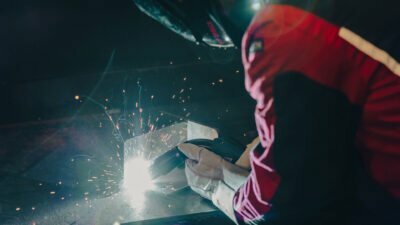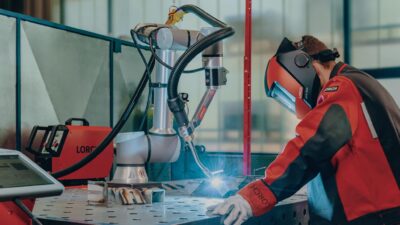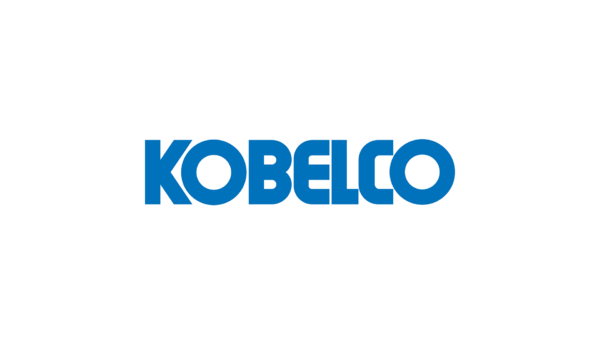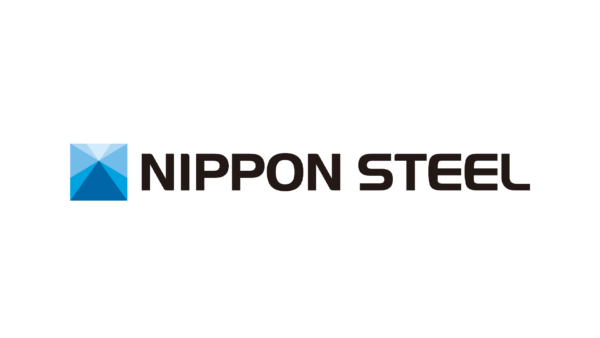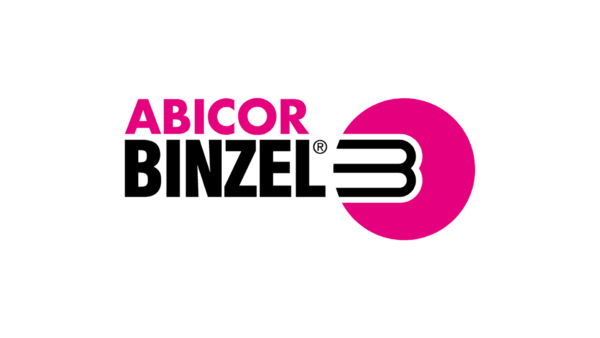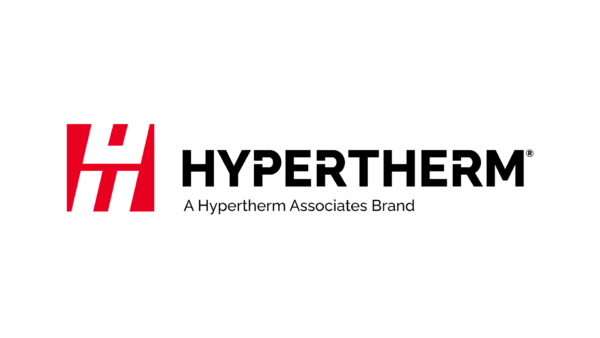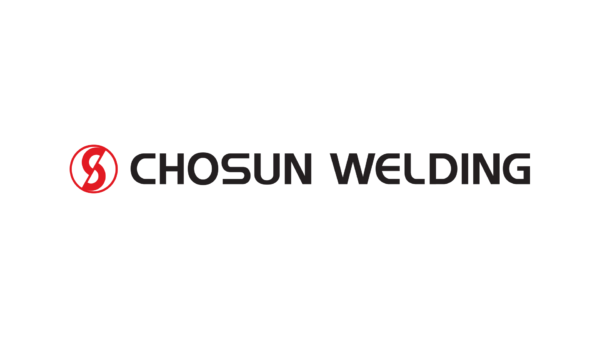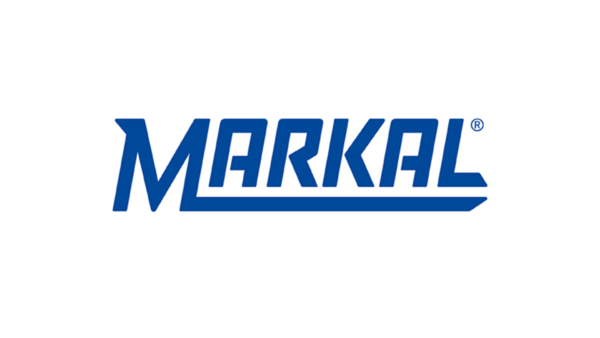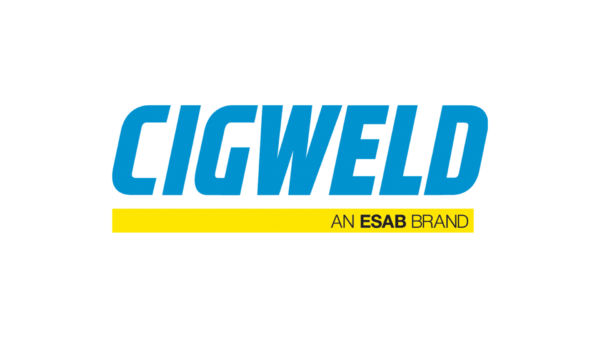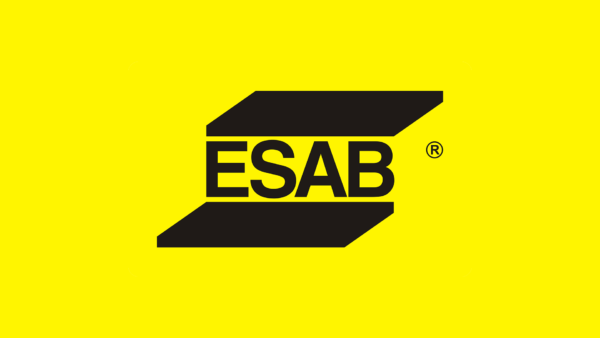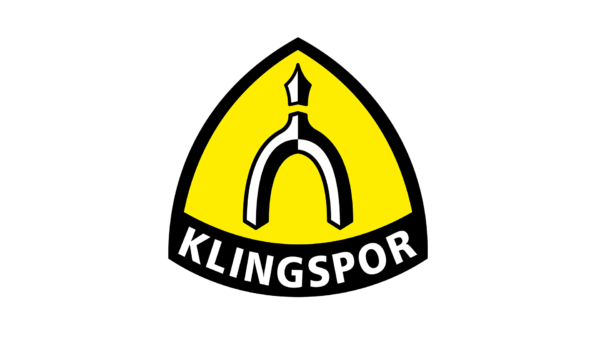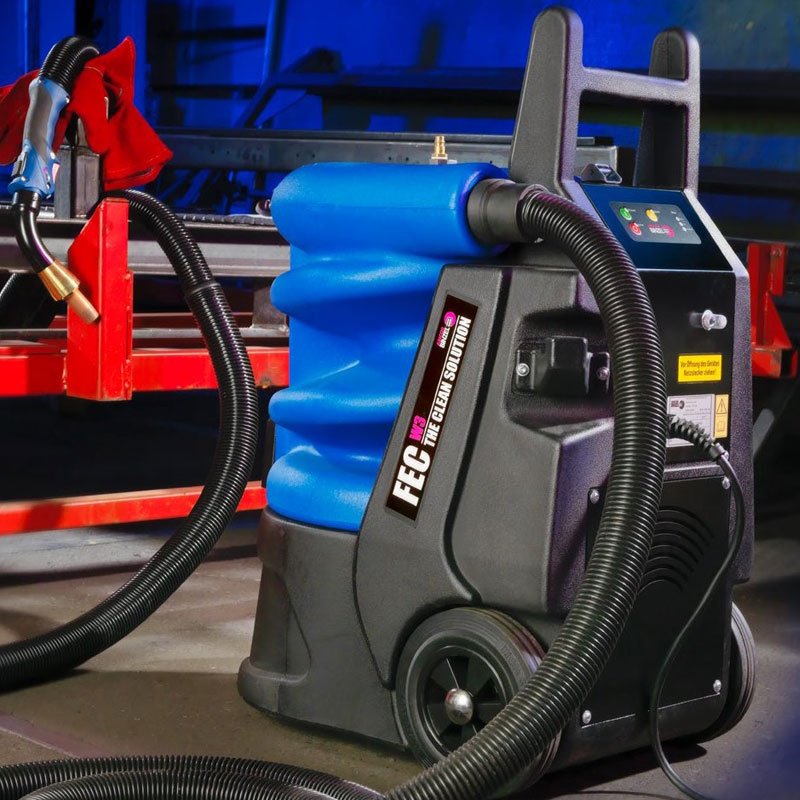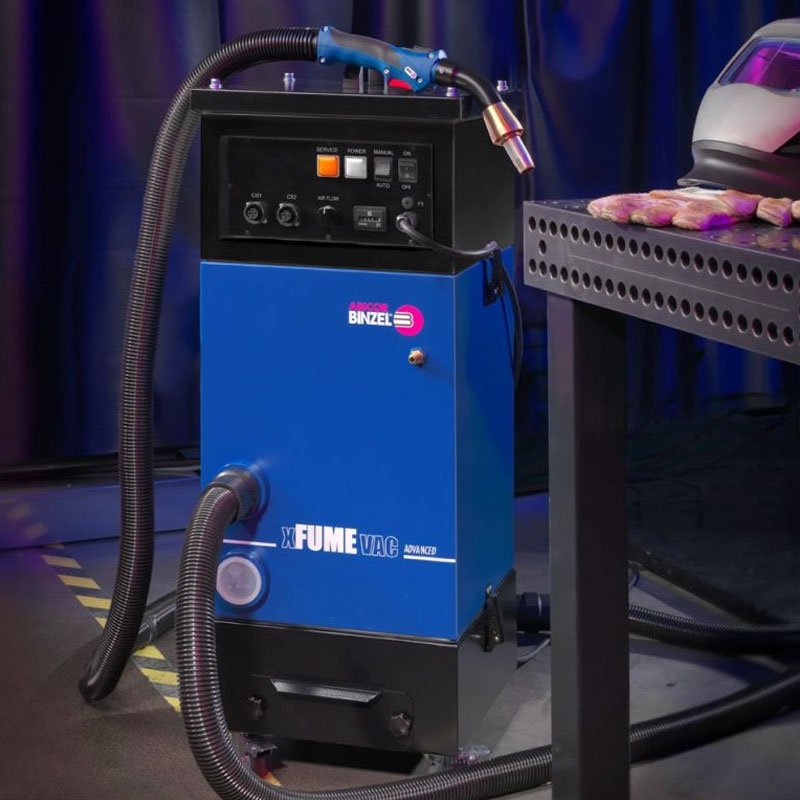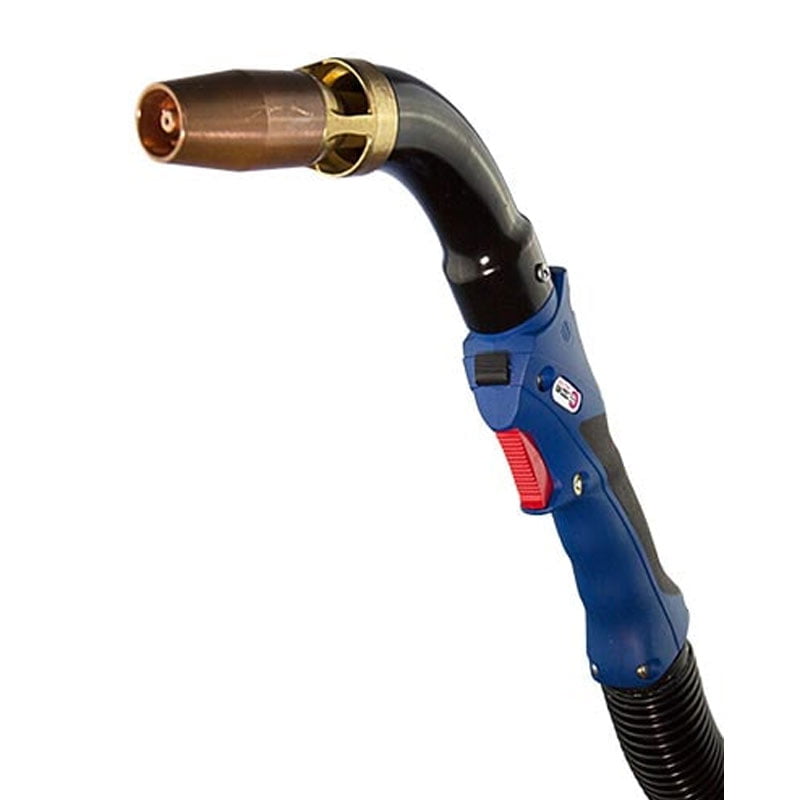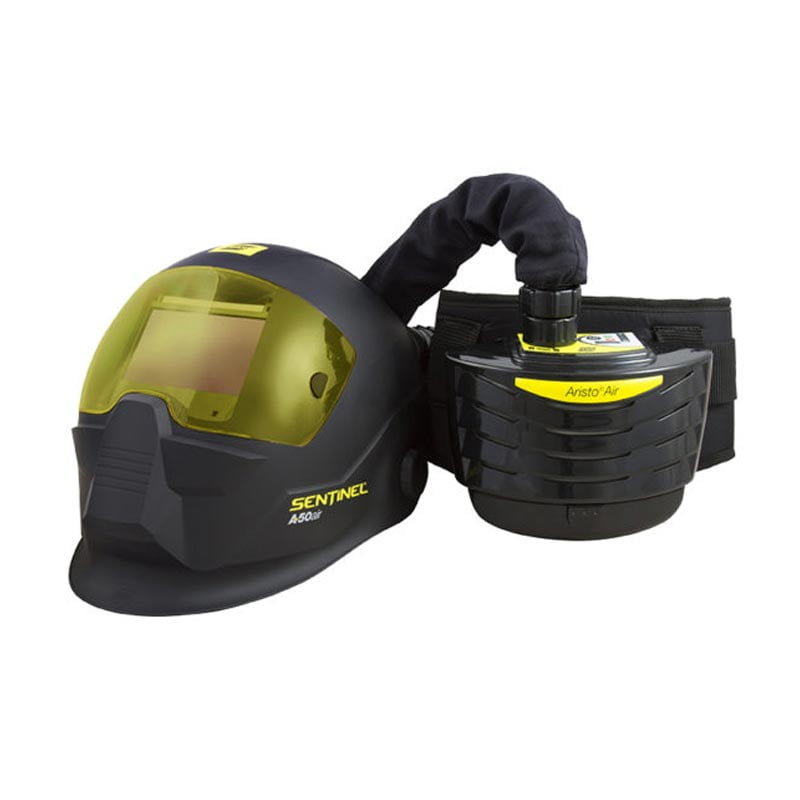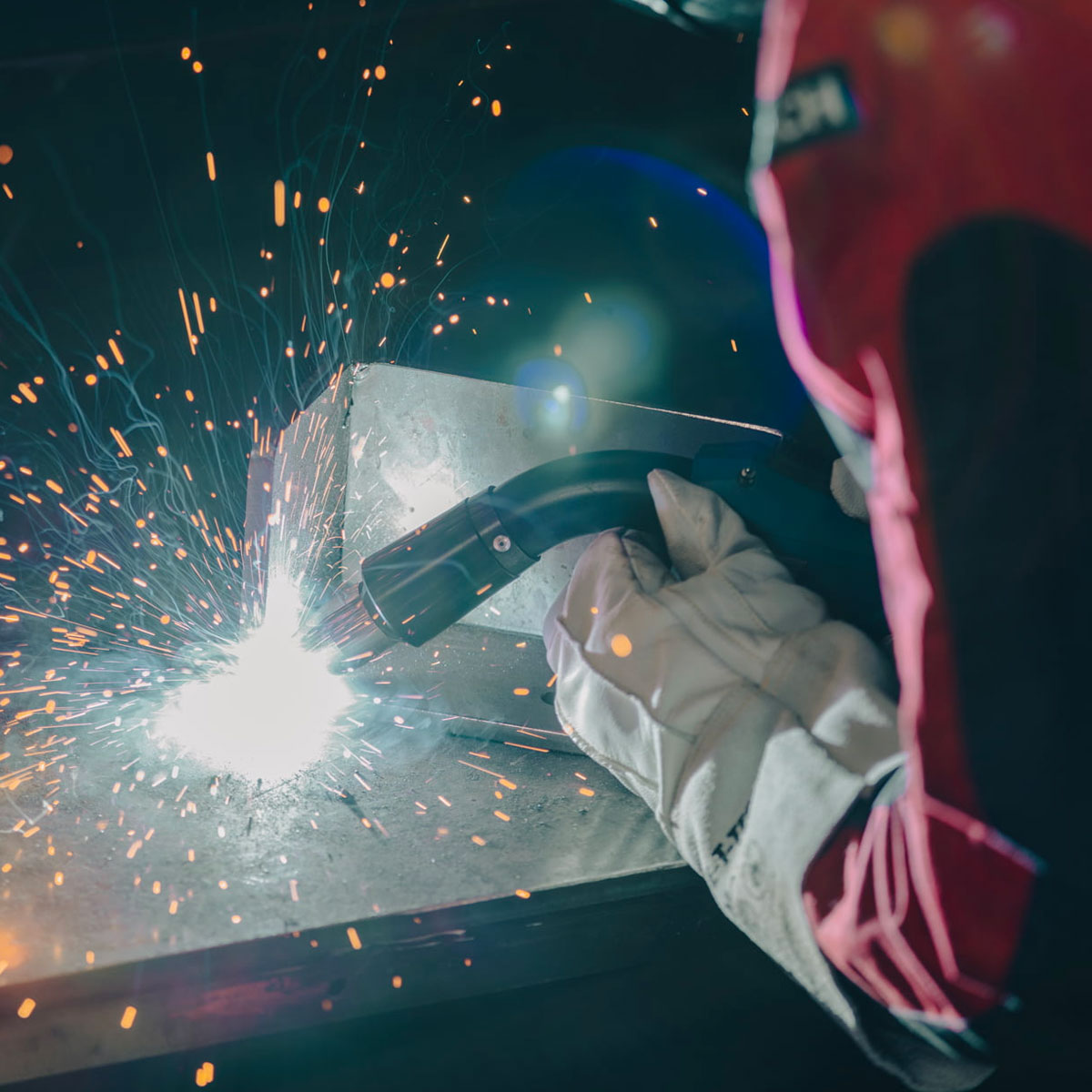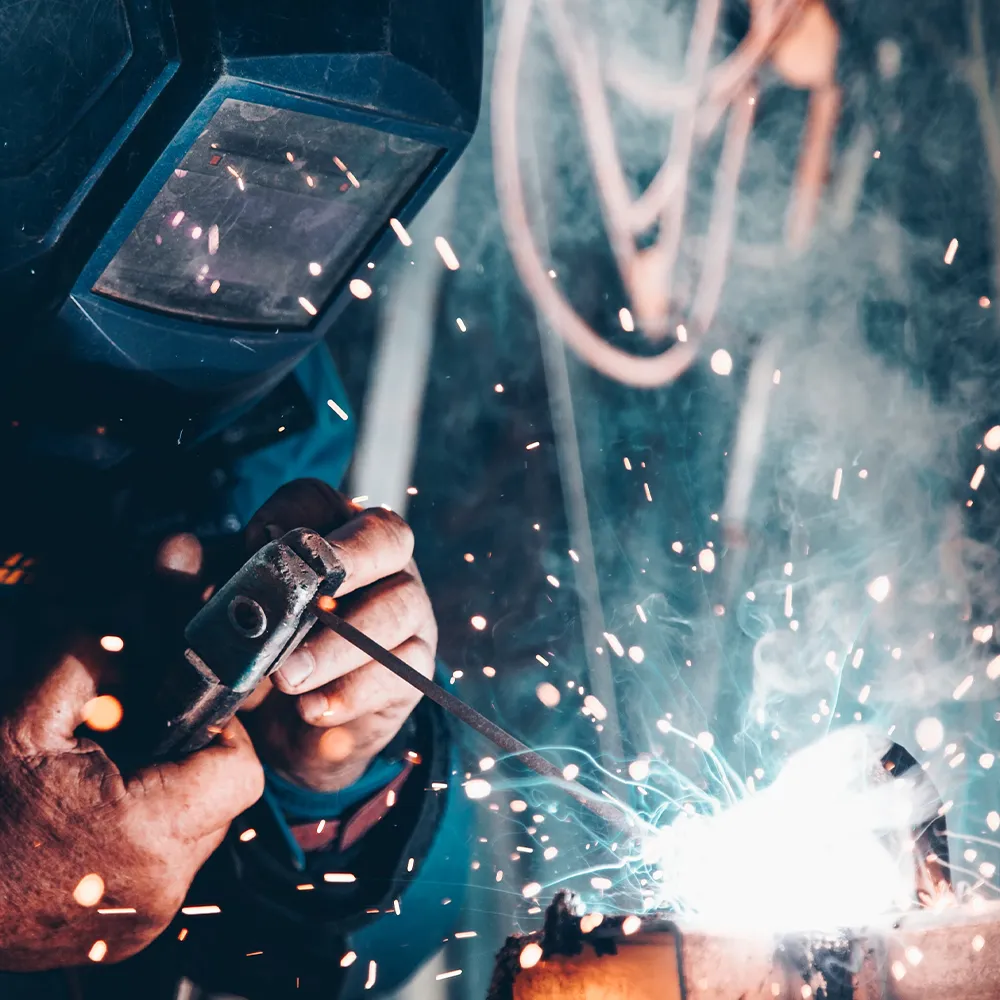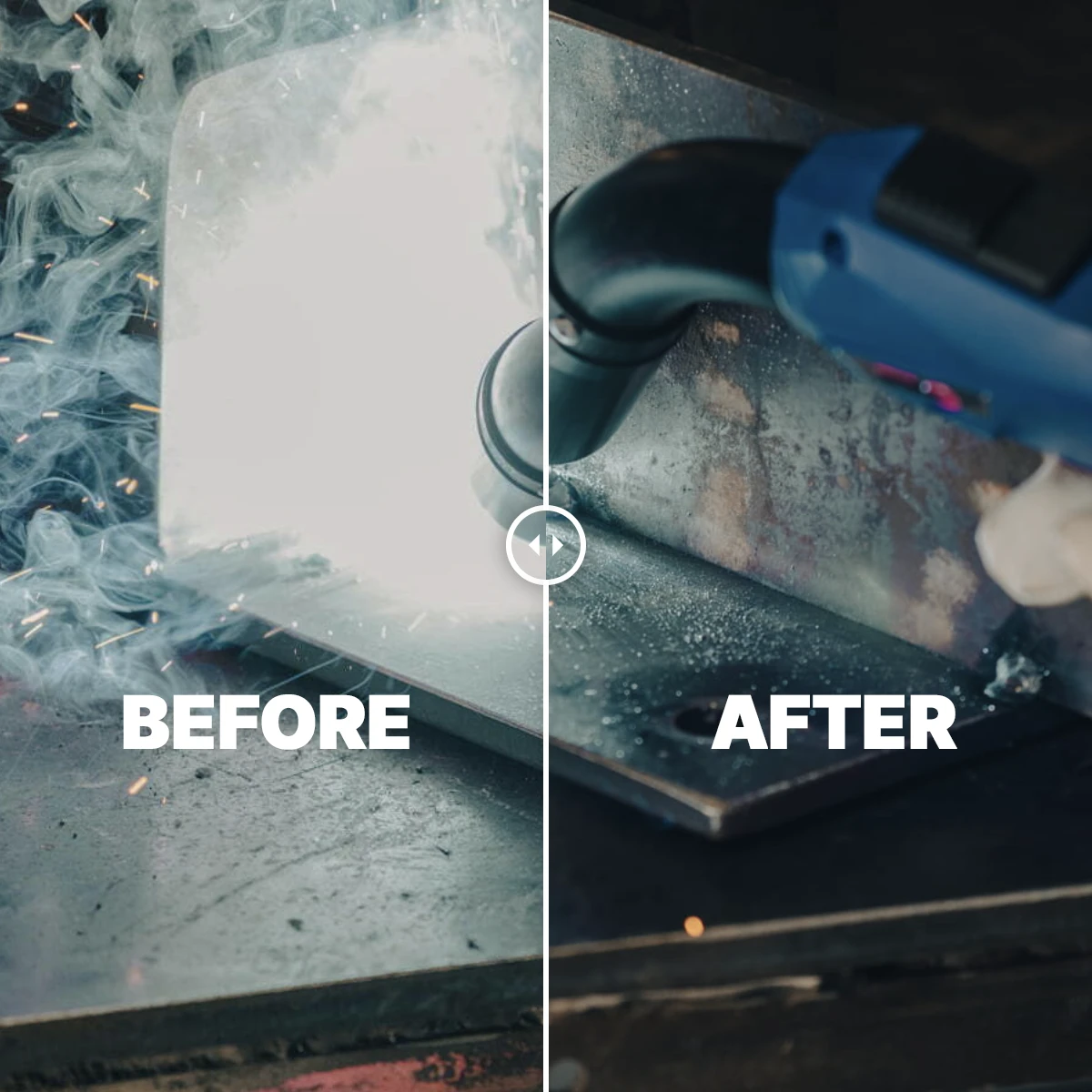The Australian welding workforce is apparently unaware or perhaps indifferent to the risks of welding fume. Are Kiwi welders as cavalier?
A University of Sydney study has revealed some surprising statistics regarding exposure to highly carcinogenic welding fumes in the workplace. A sample of over 600 Aussie workers and employers were surveyed about their workshop environment and the safety measures implemented.
While 91 percent of those surveyed reported being exposed to welding fume, it is the numbers of participants who aren’t sufficiently protected that we found most shocking.
Almost half of those surveyed reported that they worked in confined spaces, which serves to concentrate the levels of welding fume contamination in the workspace. And most – 86% – stated that they regularly leaned over the welding area while working, exposing themselves more directly to the welding fume source.
These numbers may seem unsurprising – it is the nature of welding, after all. But what really stood out to us is that despite this high level of potential exposure to welding fume, less than one-in-five survey respondents used some form of mechanical welding fume extraction. Additionally, nearly two-thirds of workers in non-ventilated areas do not use a PAPR welding helmet.
“We have the technology,” points out Australian Public Health Association Chief Executive, Terry Slevin, who is calling for mandated workplace safety equipment in Australia’s welding industry.
“We have seen strong action to reduce the health problems linked to asbestos and silica; this is another example where Australia’s health and safety legislation must be put to work to protect our tens of thousands of welders,” Slevin says.
There is no doubt that welding fume is becoming a high-profile health and safety issue, and will eventually come under intensified scrutiny from a regulatory standpoint both in Australia and in New Zealand.
If you’re concerned about welding fume extraction and how you can minimise the health risks associated with welding fumes in your workplace, we invite you to contact WENZL to discuss your options, and to schedule a demo of the industry’s best welding fume extraction systems.
Further study is in the works to better understand exposure to welding fume in the Australian workforce – one to keep an eye out for.
Situational Guide for Welding Fume Extraction Systems
When choosing a welding fume extraction system – or combination of systems– consider the size of the space, your budget, and the nature of the work being done. At-source solutions like fume extraction welding torches and air-purifying welding helmets are ideal for limited spaces, and can be deployed for entire workshops. Mobile cartridge filters work well for light-duty fabrication, while larger workshops benefit from powerful, static filters with automatic cleaning functions.
Related Products
Further Reading
Assessing Efficiency of Fume Extraction Systems
Assess welding fume extraction efficiency by analysing capture and separation performance, filter ratings, certification and maintenance needs.
The Alarming Reality of Welding Fume Risks in Australia
The Australian welding workforce is apparently unaware or perhaps indifferent to the risks of welding fume. Are Kiwi welders as cavalier?
Source Capture Fume Extraction Explained
Many weld fume extraction solutions are far from the source. Source capture fume extraction focuses on the most concentrated areas for greater impact.


